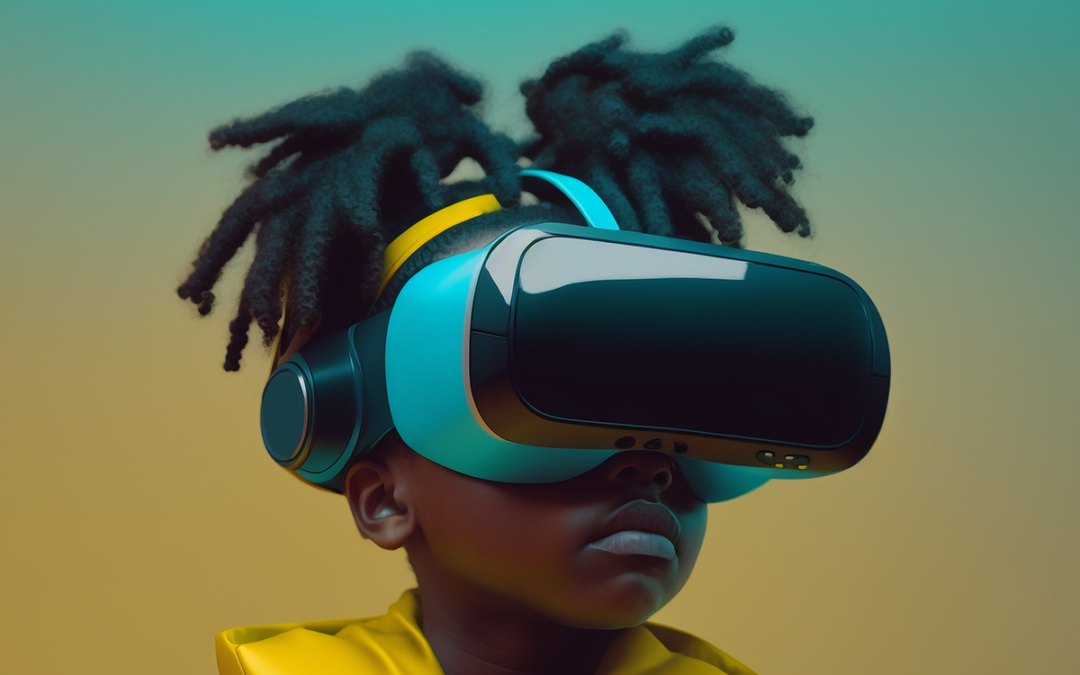– why a mixed generation workforce is the future of collaboration
Digital tools, AI, remote work, Slack, Miro, Zoom … for some, these are part of daily life; for others, they’re a challenge.
The rapid pace of technological change hasn’t stopped at the doorsteps of consultants. In our projects and our day-to-day work, we are increasingly confronted with the evolving digital landscape.
I want to explore this topic further, and invite you to join me on this thought journey.
In many organizations we work with, multiple generations work side by side. They can be grouped into two categories:
- Analog Experts: Baby Boomers (1950–1964) and Generation X (1965–1979)
- Digital Natives: Millennials / Gen Y (1980–1994) and Gen Z (1995–2009)
The next generation—Gen Alpha (born 2010 and after)—is already waiting in the wings.
It’s easy to imagine that these very different relationships to technology don’t always lead to seamless collaboration. Remote work and internal communication tools alone can be significant sources of tension. I’ve witnessed this firsthand in workshops where we tackled the opportunities and challenges of working from home.
Sometimes I can’t help but think: Remote work is the new smoking, as polarizing and emotionally charged as office debates about smoke breaks once were.
So, what does this generational mix mean for everyday collaboration in the workplace?
Technology as a Potential Gamechanger
Digital transformation has introduced new tools and fundamentally changed how we communicate, learn, lead, and work together.
Where conversations used to happen face-to-face, they now often take place via email or a quick message in a collaboration app, driven by strong generational preferences:
- Baby Boomers and Gen X often prefer phone calls or in-person conversations.
- Digital Natives rely on quick messaging via Slack, MS Teams, or similar tools.
Technology also influences how we learn, lead teams, and structure work:
- Digital Natives use tech intuitively, work collaboratively, and expect flexibility and “on-demand” access.
- Analog Experts offer structured approaches, years of experience, and a strategic perspective—but may sometimes find the fast pace of digital change overwhelming.
Common Areas of Tension in Organizations
Most intergenerational friction falls into three key categories:
- Communication
- Digital Natives lean toward quick, informal chats via video call or messaging platforms.
- Analog Experts prefer structured meetings, emails, or phone calls.
- Learning Culture
- Younger employees often teach themselves via YouTube, podcasts, ChatGPT, or online courses.
- Older colleagues tend to favor guided learning paths and in-person workshops.
- Technology Adoption
- Digital Natives embrace new tools as opportunities.
- Analog Experts often see the constant flow of new apps as confusing or overwhelming.
The Opportunity in Combining Tech and Generational Diversity
Companies’ challenge is not just to provide the right tools but also to support communication and collaboration skills across generations.
The key principle is that technology should be a bridge, not a barrier. It must fit both the people and the organizational culture.
If both sides are open to learning from one another, the result can be a powerful combination:
- Digital Natives can benefit from older colleagues’ experience, decision-making skills, and reflection.
- Analog Experts can gain from younger generations’ digital ease, curiosity, and adaptability.
How Can Companies Make the Most of This Mix?
Here are a few practical ideas:
- Establish cross-generational mentoring or buddy systems.
Let younger employees share digital know-how, while senior professionals pass on business insights. - Evaluate and align communication culture.
Review which channels are used when, and identify which tools help or hinder collaboration. - Celebrate and invest in generational diversity.
Make strengths visible and create space for everyone to contribute fully. - Focus on shared goals.
Technology is just a means to an end. Success still relies on clear structures and strong collaboration.
Final Thoughts
We can’t slow down digital transformation, and we all know the world of work will continue to evolve dramatically.
But it’s not the tools that determine how well teams work together. It’s the willingness to engage with each other—and to view generational differences as assets, not obstacles.
Digital Natives and Analog Experts are stronger together.
Let’s learn to use technology as a bridge—and unlock a new level of collaboration that’s inclusive, future-ready, and human at its core.


Recent Comments